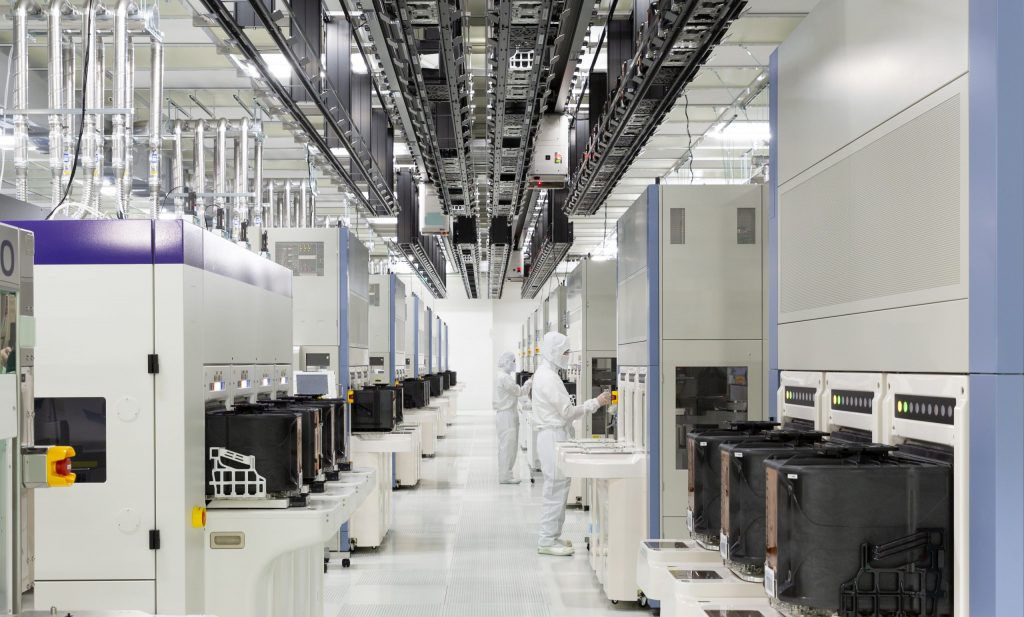Automotive chips caused a reduction in car production
The automotive market is still struggling to recover from the pandemic. There is a significant excess of demand oversupply, which is exacerbated by weather disasters. For example, last winter, several U.S. states were seriously affected by record-breaking frosts. As a result, Samsung and NXP had to stop the plants, which are located in Texas. In March, the company Renesas had trouble – its Japanese plants were affected by the fire. In January this year, the country recorded an earthquake, which disrupted the operation of Toshiba facilities. Fortunately, the specialists quickly managed to restore production, but the need for automotive chips is growing and force majeure, and negative factors are limiting their production.
The Toshiba factories affected by the earthquake produce integrated circuits for a variety of uses, but automotive companies are their main customers. The downtime disrupted the established pattern of production and supply, and as a result, many automakers were forced to postpone the release of products.

According to data from AlixPartners, the global shortage of chips led to the automotive industry reducing production by 7.7 million cars. This led to a $210 billion reduction in revenue. At that, many automobile concerns are sure that in the current year they will be able to increase production volumes. For example, Toyota Motor is planning to increase production by 20%. Thus, its volume should reach a record figure of 11 million products. However, it should be understood that with the current shortage of chips, it will be quite difficult to do so. Manufacturers can only hope that the problem with chip production will be partially solved in the near future.
The crisis in the automotive industry began during the pandemic when strict quarantine restrictions were imposed. After that, the world faced a sharp demand for chips and a shortage of them. To solve this problem, many manufacturers increased investment in this area and expanded capacity. The governments of a number of countries also joined in, introducing incentives for the construction of new plants. This has paid off, and the outlook for the microchip sector has become more optimistic than last year.
It should be noted that the main problem of shortages in the first half of 2021 was downtime at plants in Texas and Japan. Global supply chain disruptions also played a negative role. The situation has gradually improved, especially when the facilities in Malaysia, which provide a 13% share of the entire semiconductor market, are fully operational. The lag in the timeline for automakers was about 2.5 months, and it has been delayed until this year.


















